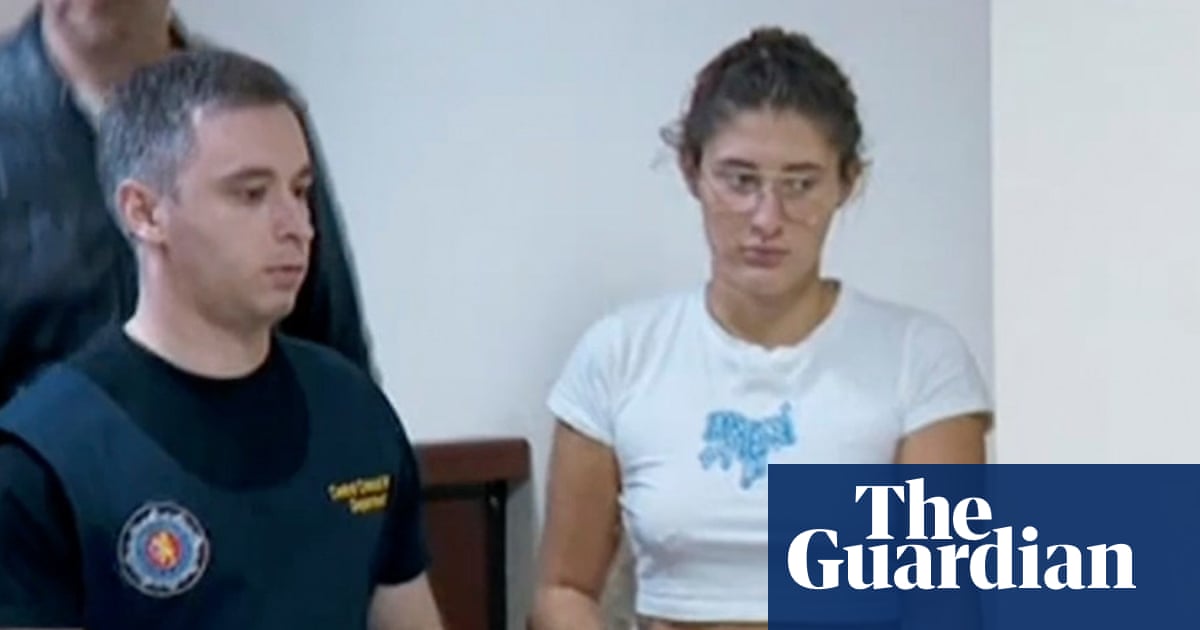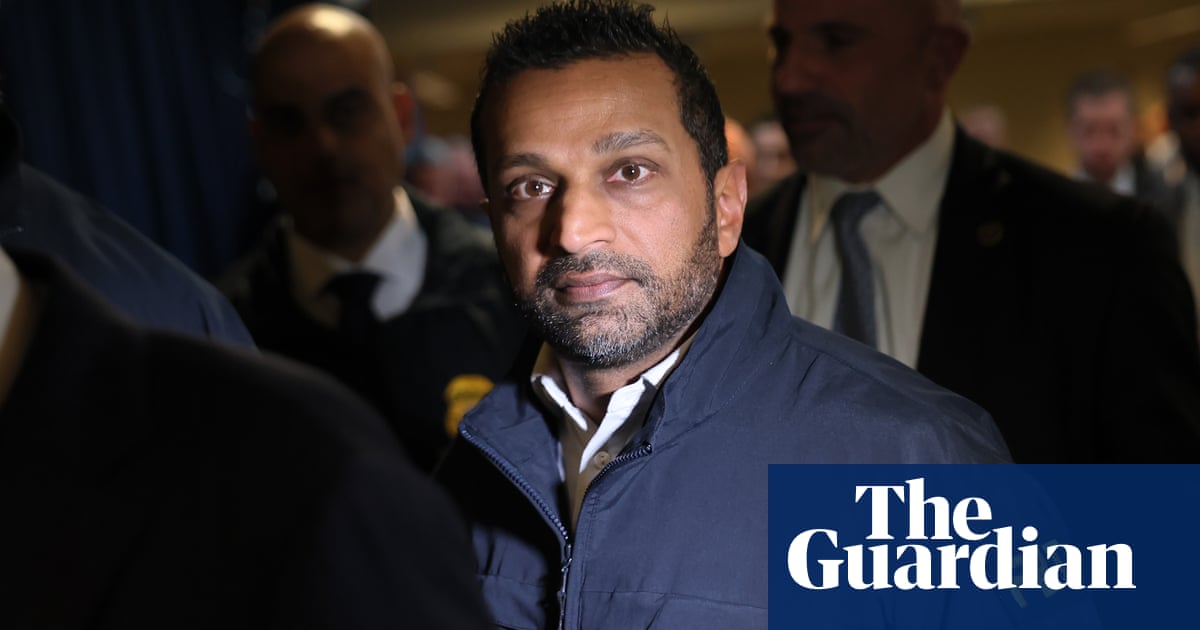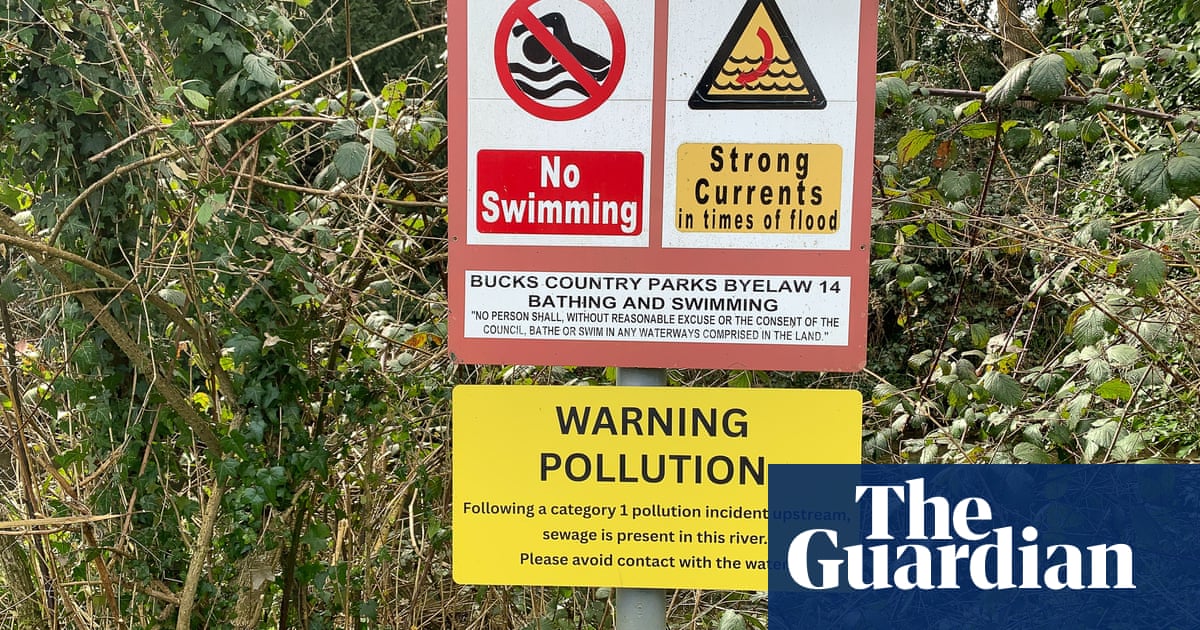It has been described as one of the most gruelling recovery efforts in modern warfare.
As negotiations over the fragile Gaza ceasefire continue, Palestinians have started to dig through 61m tonnes of debris, 20 times more than the combined mass of all debris generated by conflicts since 2008. Underneath, at least 10,000 people are thought to be buried.
The Guardian spoke with several families in Gaza desperately searching for the bodies of their missing relatives, as well as members of the Palestinian civil defence, a branch of the security services responsible for emergency services and rescue operations. Photos, video footage and data shed light on the scale of the task ahead.
Rescue teams have so far had to rely on rudimentary tools – shovels, pickaxes, wheelbarrows, rakes, hoes – and their bare hands. Requests to Israel to allow the entry of excavators and heavy machinery so they can work more effectively have received no response.
“The whole world has seen the equipment that was brought in to retrieve the bodies of Israeli hostages [including bulldozers and excavators],” said Dr Mohammed al-Mughir, the director of humanitarian support and international cooperation at the civil defence. “We also need the same equipment to retrieve our bodies.”
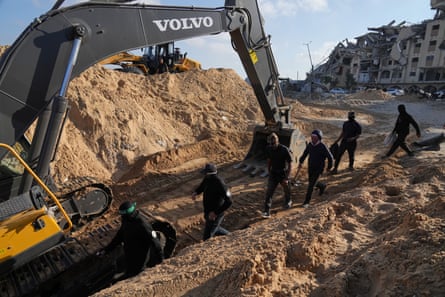
Gaza’s ministry of health and civil defence estimates about 10,000 people are still buried in the rubble. Some experts believe the number could be as high as 14,000.
According to the health ministry, 472 bodies were recovered during the first 16 days of the ceasefire and taken to hospital morgues for identification. This number does not include the 195 bodies returned by Israel as part of the ceasefire agreement.
Even if Israel were to allow excavators and bulldozers into Gaza today, civil defence officials estimate it would take up to nine months to recover the majority of the bodies.
The agency says recovery efforts so far have been limited to small houses and apartment blocks of one or two floors, where rescuers are able to reach bodies using the few tools at their disposal.
“The problem comes when you’re dealing with buildings [that were] seven or eight storeys high – that’s when we need the heavy equipment, we’re still waiting to be allowed to bring in,” said Mughir.
In the meantime, hundreds of families queue every day at hospitals and offices of the health ministry and civil defence, seeking information about missing relatives. Mughir said that at the civil defence headquarters in Gaza City alone, upwards of 30 families a day ask for help trying to locate and recover their loved ones.
Still buried a year on
On 29 October 2024, the five-storey house in Beit Lahiya, northern Gaza, where Aya Abu Nasr’s extended family lived collapsed after an Israeli airstrike.
“Most of my family members had been staying on the ground and first floors,” said Nasr, 26. “I lost five of my siblings – two brothers and three sisters – along with all their families. More than 100 members of my extended family died in that strike, and about 50 of them are still under the rubble to this day, a full year later.”
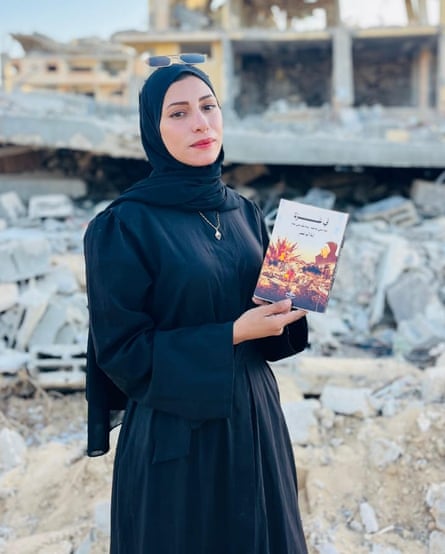
Nasr said she has tried repeatedly to recover the bodies, but their remains are scattered between the ground and first floors. Retrieving them without excavators, she explained, was impossible.
Since the start of the war, hundreds of missing person reports have been filed with the civil defence authorities. Officials say they already have estimates of how many bodies are believed to lie beneath specific buildings and houses.
“In Rafah, there are more than 35 houses containing about 170 dead bodies,” said Mughir. “In Khan Younis and the eastern regions of the strip, there are many buildings under which hundreds of other bodies remain unrecovered.”
Because of repeated displacements and evacuation orders across the Gaza Strip, thousands of families have been separated from their loved ones. Many know their relatives were killed, based on accounts from friends or neighbours, but have no idea where their bodies lie.
The last time Hadeel Shahiber, from western Gaza, saw her parents and siblings was on 8 November 2023, when the Israeli army ordered the evacuation of Gaza City, including the area around al-Shifa hospital, as part of its expanding ground operation against Hamas. Shahiber, now 34, decided to remain in the port area, while her relatives fled to the neighbourhood of al-Sabra. Nine days later they were all killed in an Israeli airstrike.

“Weeks later, when I finally managed to reach al-Sabra, a man stopped us, holding a list of names of those who had been identified among the dead,” Shahiber said. “The first names on it were my father, Nabil, my mother, my siblings. During the first ceasefire in January, more than a year after their deaths, we were finally able to recover and properly bury some of them, including my parents. But some bodies are still trapped under the rubble.
“Knowing that some of my loved ones remain under the rubble, denied a proper burial that would honour their dignity, fills me with pain and sorrow.”
The need to identify victims
Identifying the bodies is not just a question of restoring dignity to the dead; it is also necessary for the health of the living. Psychologists described the unresolved grief of relatives of the unidentified dead as an “ambiguous loss” which can generate or contribute to depression, trauma and identity confusion, a situational disorder widespread in Gaza.
The few remaining hospitals in the territory lack the equipment for DNA testing, which is desperately needed to help identify thousands of missing or deceased peope. Israel does not allow DNA testing materials to enter Gaza.
For that reason, as well as the advanced state of decomposition of many of the bodies, forensic doctors often struggle to identify victims.
As part of the US-brokered ceasefire, Israel – in exchange for the remains of 15 hostages returned by Hamas – handed over 195 bodies of Palestinians to Gaza. Several of them were blindfolded, bound at the hands and feet, or bore gunshot wounds.
Dozens of bodies have since been identified, but at least 54 unidentified Palestinians returned from Israel were buried this month.

The Polish poet and recipient of the 1996 Nobel prize in Literature, Wisława Szymborska, wrote that “after every war, someone has to clean up. Someone has to push the rubble to the side of the road, so the corpse-filled wagons can pass.”
Jaco Cilliers, the special representative of the United Nations developing programme of assistance to the Palestinian people, outlined the scale of that operation in Gaza.
“The initial part is really to clear the roads and to make the hospitals, schools and other social buildings accessible, so that’s where the major rubble is being removed,” Cilliers said. “If you built a 12-metre wall around Central Park and filled it with rubble, that’s the amount that needs to be removed.”
The UN environment programme has calculated that it would take seven years for 105 trucks to remove all the debris. Vehicles would need to navigate a shattered landscape where 77% of the road network has been damaged. Many routes have been destroyed altogether, obstructed or otherwise rendered impassable.
The work is made even more difficult and perilous by the presence of hazardous debris, such as unexploded ordnance and asbestos, the United Nations’ Gaza debris management working group has said.
Since October 2023, the United Nations mine action service has logged 147 incidents related to ordnance in rubble, resulting in 52 deaths and hundreds of injuries.
The UNMAS programme chief, Luke Irving, said: “The risk that you have now is that, on ceasefire conditions, people will go back to where their old houses and business were, and they want to return to normal, which is completely understandable. And by starting to move rubble, inevitably, if there has been heavy fighting in the area, they’re going to find explosive ordnance.”
For now, any hopes in Gaza of a sufficiently comprehensive rubble-clearing operation – and a return to normal life more generally – have been repeatedly dashed by ongoing Israeli strikes.
The territory resembles a patchwork of concrete shells and shattered walls, neighbourhoods pockmarked with craters, mounds of rubble and roads to nowhere. The question that remains is not what might fall next, but what, if anything, can stand again.

.png) 7 hours ago
3
7 hours ago
3






